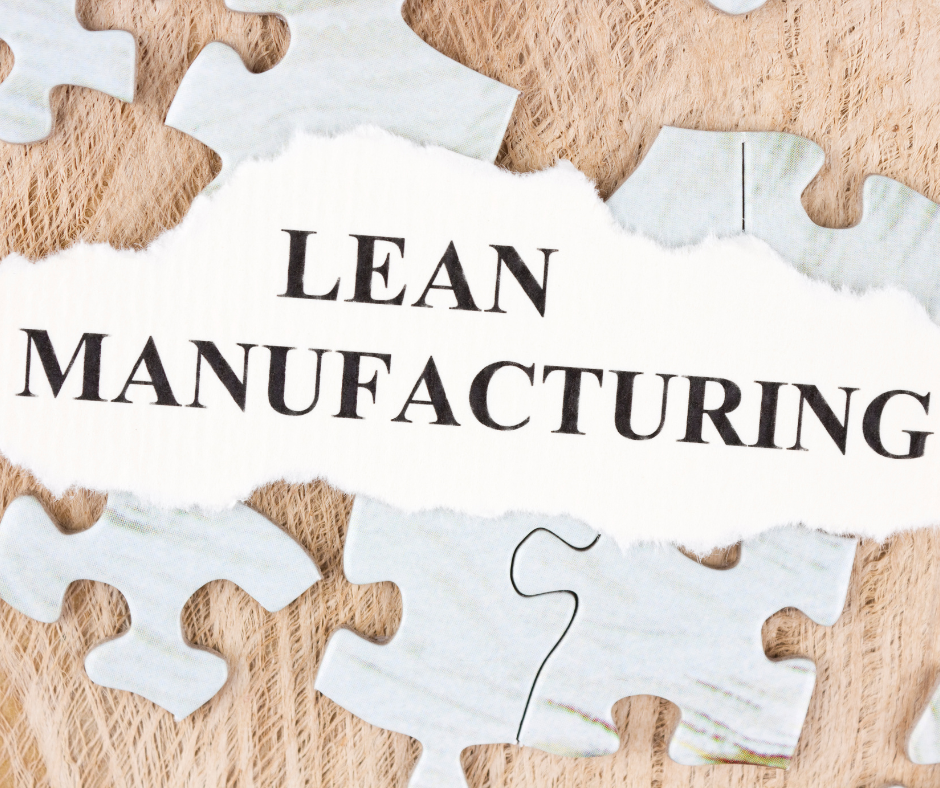Quality control is an important aspect of chemical manufacturing. It involves a set of procedures, techniques, and strategies used to ensure that products meet specific quality standards. Quality control plays a significant role in chemical manufacturing, as it helps to prevent defective products from reaching consumers, and ensure the safety of the product.
In this article, we will discuss how to improve quality control in chemical manufacturing:
- Establish quality control standards
- Train employees
- Implement a quality control plan
- Use statistical process control (SPC)
- Conduct regular inspections
- Use quality control equipment
- Implement corrective actions
- Conduct supplier evaluations
- Implement a continuous improvement program
- Implement a quality management system (QMS)
- Monitor and track quality metrics
- Conduct root cause analysis
- Implement a documentation system
- Use automation technology
- Ensure regulatory compliance
- Implement a process for non-conformance management
- Establish a quality culture
- How can Deskera Help You?
- Conclusion
Establish quality control standards
The first step to improving quality control in chemical manufacturing is to establish quality control standards. These standards should define the quality parameters of the products and the manufacturing process. The standards should be based on the industry's best practices and regulations, and they should be documented and easily accessible to everyone involved in the manufacturing process.
Train employees
The success of any quality control program depends on the people involved. As such, it is essential to train employees on the quality control standards and procedures. This training should cover everything from identifying defects to reporting quality control issues. Additionally, employees should be trained on the use of quality control equipment, such as spectrometers and other analytical tools.
Implement a quality control plan
A quality control plan is a document that outlines the quality control procedures for each step of the manufacturing process. The plan should identify potential quality control issues, the steps to be taken to address these issues, and the personnel responsible for implementing the plan. The quality control plan should also include procedures for verifying the accuracy of test results, conducting audits, and tracking defects.
Use statistical process control (SPC)
Statistical process control (SPC) is a tool used to monitor and control the manufacturing process. SPC involves collecting and analyzing data on the manufacturing process to identify variations and trends that may lead to defects. SPC can help to identify areas of the manufacturing process that require improvement and can help to prevent defects before they occur.
Conduct regular inspections
Regular inspections are an essential part of quality control in chemical manufacturing. These inspections should be conducted at each step of the manufacturing process, and they should include visual inspections, measurements, and tests. Inspections should also be conducted on the raw materials and finished products to ensure that they meet the quality control standards.
Use quality control equipment
Quality control equipment, such as spectrometers, chromatographs, and other analytical tools, can help to identify defects in the manufacturing process. These tools can also help to identify trends and variations that may lead to defects. The use of quality control equipment should be integrated into the quality control plan and should be used by trained personnel.
Implement corrective actions
When defects are identified, corrective actions should be taken immediately. These corrective actions should be documented and should include a plan to prevent the same defect from occurring in the future. The corrective action plan should also include a plan to verify the effectiveness of the corrective actions.
Conduct supplier evaluations
The quality of raw materials and other supplies can significantly affect the quality of the finished product. As such, it is essential to evaluate suppliers regularly to ensure that they meet the quality control standards. Supplier evaluations should include audits, inspections, and tests of the raw materials and supplies.
Implement a continuous improvement program
Quality control is an ongoing process, and there is always room for improvement. A continuous improvement program can help to identify areas of the manufacturing process that require improvement and can help to prevent defects before they occur. The program should include regular reviews of the quality control plan, data analysis, and employee training.
Implement a quality management system (QMS)
A quality management system (QMS) is a comprehensive system used to manage quality throughout the entire manufacturing process. A QMS can help to ensure that quality control procedures are followed, and it can help to prevent defects from occurring. A QMS should include policies, procedures, and work instructions that outline the quality control standards and procedures for each step of the manufacturing process. The QMS should also include training and documentation requirements, as well as a process for continuous improvement.
Monitor and track quality metrics
Tracking quality metrics is an essential part of quality control in chemical manufacturing. Quality metrics can help to identify trends and variations in the manufacturing process and can help to prevent defects before they occur. Metrics such as defect rate, customer complaints, and nonconformance reports should be tracked and analyzed regularly.
Conduct root cause analysis
When defects occur, it is essential to conduct a root cause analysis to identify the underlying cause of the defect. Root cause analysis involves identifying the contributing factors that led to the defect and developing a plan to address those factors. Root cause analysis can help to prevent similar defects from occurring in the future.
Implement a documentation system
Documentation is a critical aspect of quality control in chemical manufacturing. A comprehensive documentation system should be in place to ensure that quality control procedures are followed and that the manufacturing process is fully traceable. The documentation system should include procedures for documenting test results, audits, inspections, and corrective actions.
Use automation technology
Automation technology, such as robotics and process control systems, can help to improve the quality control process in chemical manufacturing. Automation can help to reduce human error, increase efficiency, and improve consistency in the manufacturing process. Automation technology should be integrated into the quality control plan and should be used by trained personnel.
Ensure regulatory compliance
Compliance with regulatory requirements is essential for quality control in chemical manufacturing. Regulatory compliance requirements vary by region and industry, and it is important to stay up-to-date with changes to regulations. Compliance should be integrated into the quality control plan, and regular audits should be conducted to ensure compliance.
Implement a process for non-conformance management
When a product does not meet the quality control standards, it is considered a nonconformance. Nonconformance management involves identifying, documenting, and addressing nonconformances. A process for nonconformance management should be in place, and it should include procedures for investigating nonconformances, determining the root cause, and implementing corrective actions.
Establish a quality culture
Finally, to improve quality control in chemical manufacturing, it is essential to establish a quality culture. A quality culture involves creating an environment in which quality is a top priority and in which everyone is committed to following quality control procedures. This culture should be promoted from the top down, and everyone involved in the manufacturing process should be encouraged to take ownership of the quality control process.
How can Deskera Help You?
Deskera's integrated financial planning tools allow investors to better plan their investments and track their progress. It can help investors make decisions faster and more accurately.
Deskera Books can assist you in automating your accounting and mitigating business risks. Deskera makes it easier to create invoices by automating many other procedures, reducing your team's administrative workload.
Deskera also offers a suite of integrated applications to help businesses manage their financials, inventory, and operations. Furthermore, other business aspects such as HR (Deskera People), CRM (Deskera CRM), and ERP are provided by Deskera. These could be crucial and can help short sellers keep track of their businesses and make better decisions.
Conclusion
In conclusion, improving quality control in chemical manufacturing is a continuous process that requires a commitment to quality and a willingness to implement new procedures and technologies. The steps outlined in this article can help to improve the quality control process in chemical manufacturing, but it is essential to customize these steps to meet the unique needs of each manufacturing facility. By establishing quality control standards, training employees, using statistical process control, and implementing a continuous improvement program, chemical manufacturers can ensure that their products meet the highest quality standards and are safe for consumers.
Related Articles












